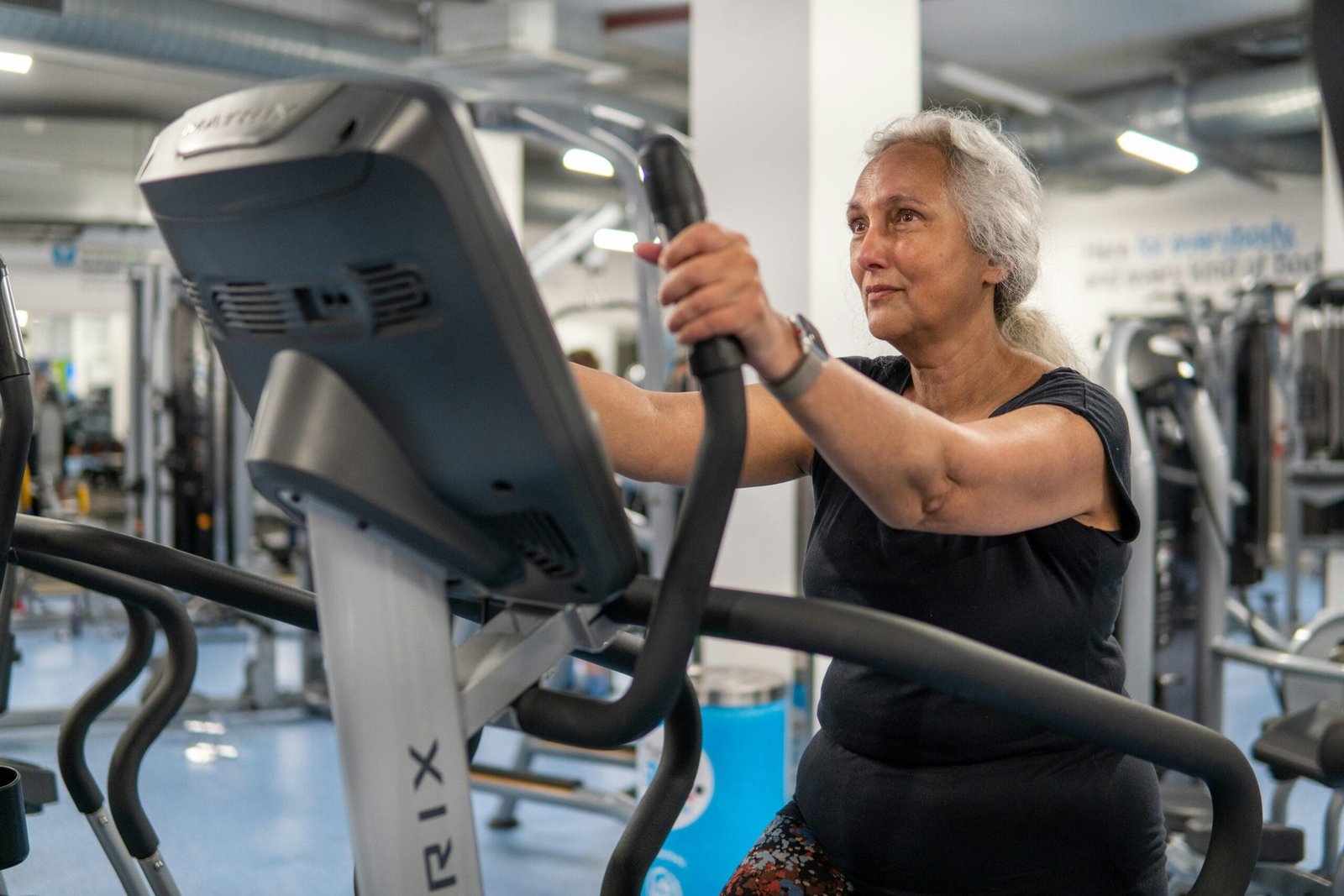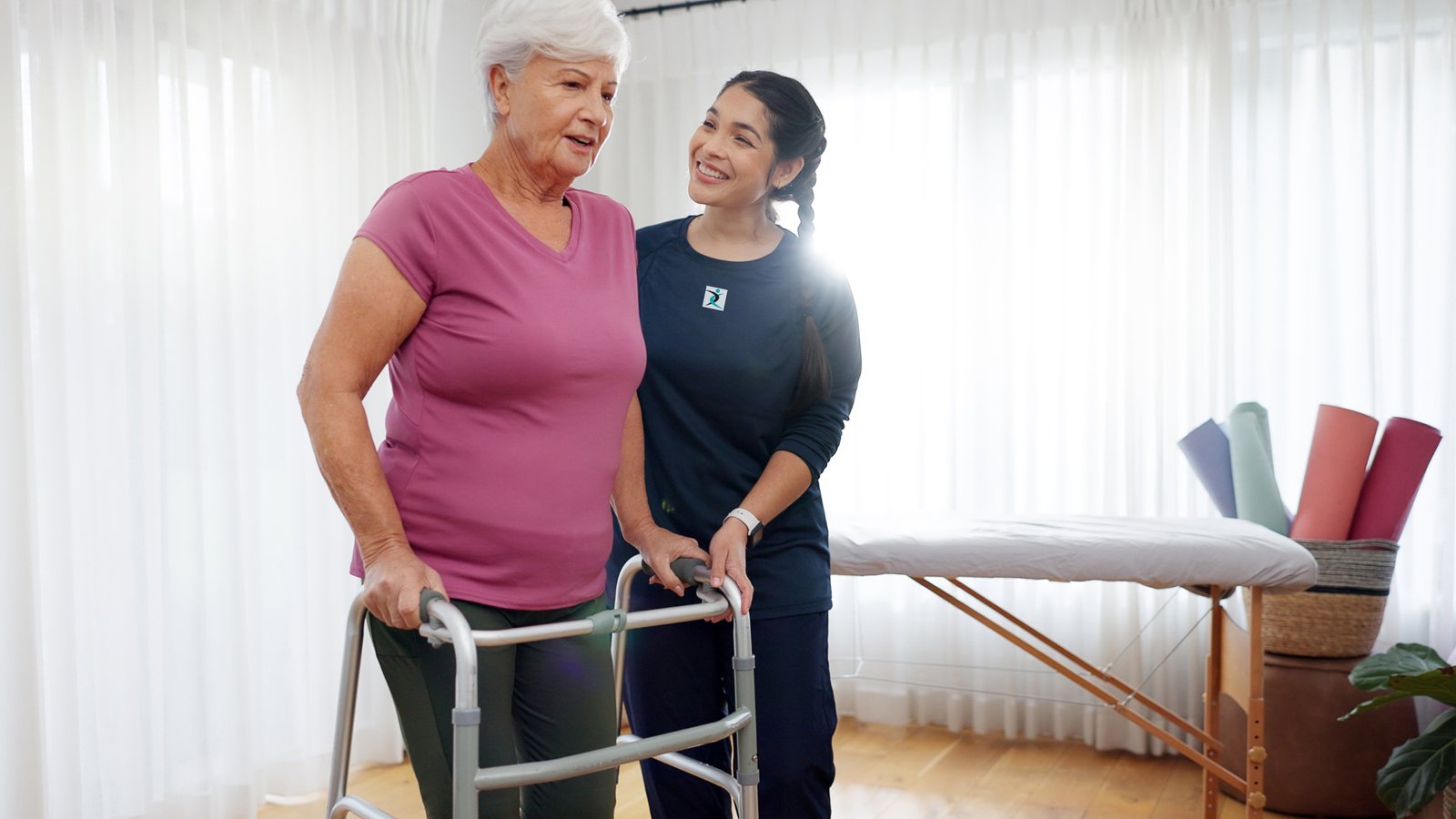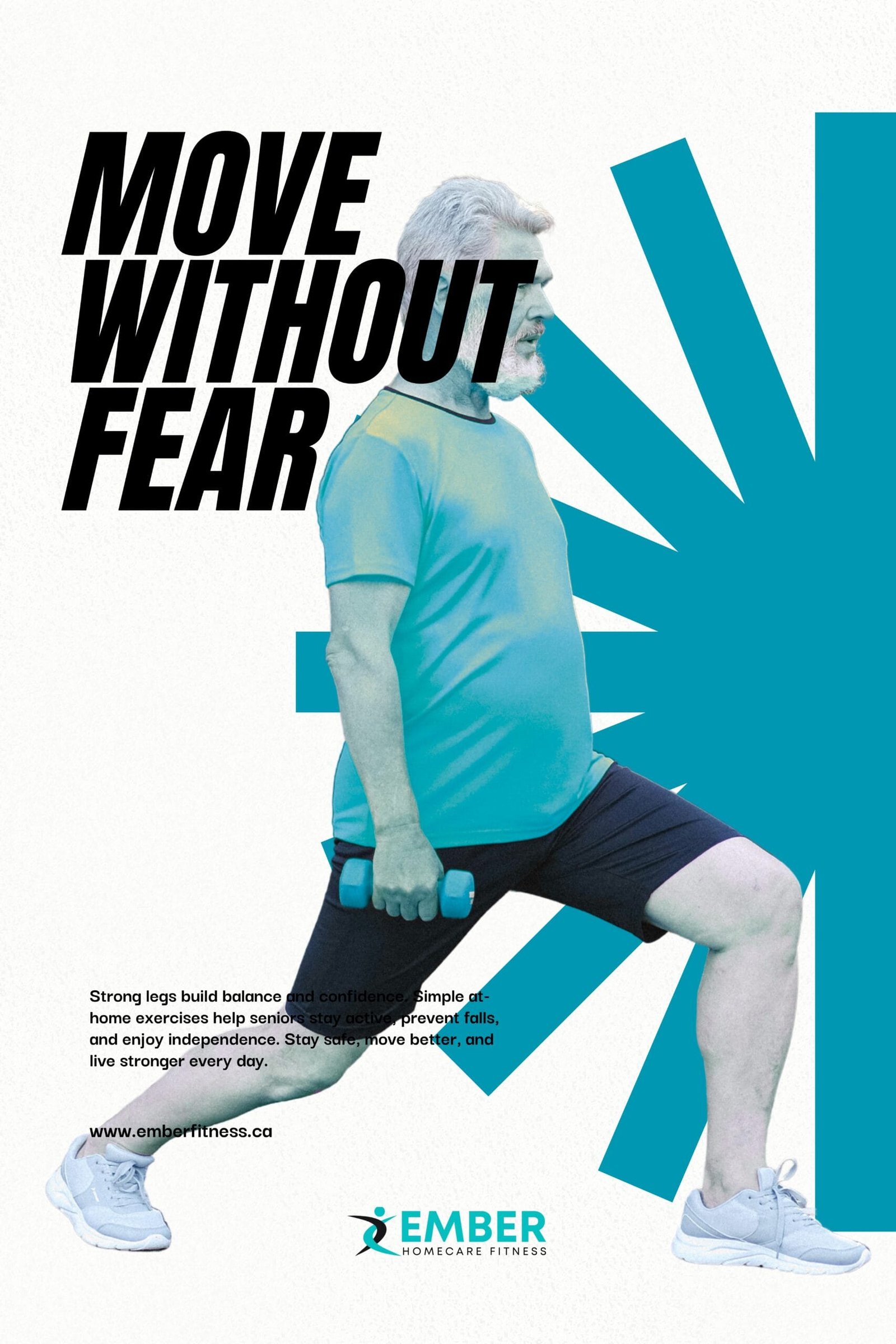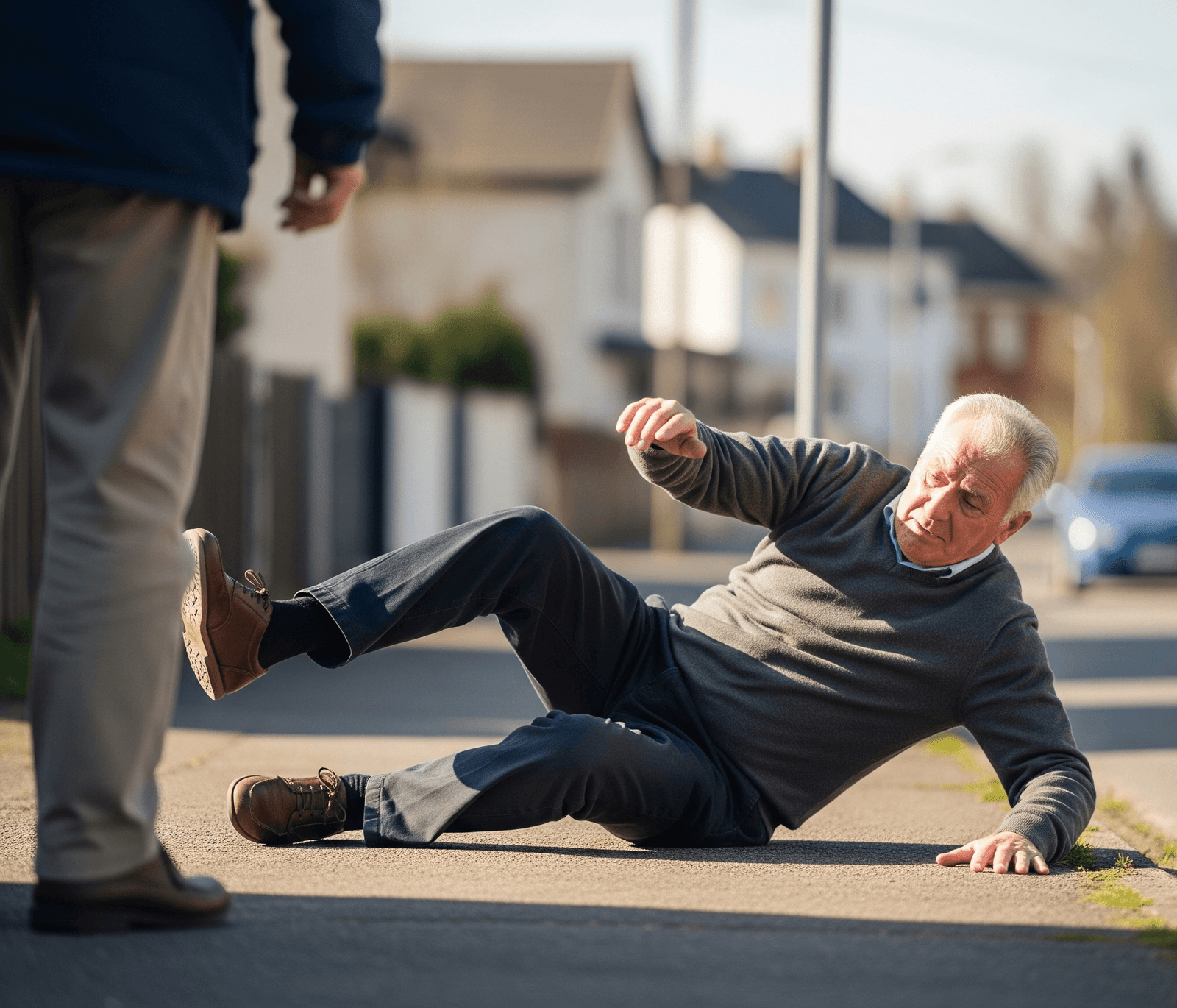
Understanding Bone Density and Its Importance for Seniors
Bone density refers to the amount of mineral matter per square centimeter of bone tissue. It serves as a critical indicator of bone strength, with higher density generally equating to a lower risk of fractures and other bone-related issues. As individuals age, particularly seniors, bone density tends to decline due to a variety of factors, including hormonal changes, nutritional deficiencies, and a decrease in physical activity. This decline can lead to an increased susceptibility to conditions such as osteoporosis, where bones become porous and fragile, greatly elevating the risk of fractures.
Low bone density has significant health implications for seniors. As bones weaken, the likelihood of falls increases, posing serious risks of injury. Fractures, particularly in the hip, spine, or wrist, can dramatically affect mobility, independence, and overall quality of life for older adults. In fact, the consequences of a broken bone can extend beyond physical health; the psychological impact, including fear of falling and reduced activity, can also contribute to a decline in mental well-being. Maintaining or increasing bone density is therefore essential for enhancing mobility, sustaining functional independence, and ensuring a better quality of life as seniors age.
To support bone health proactively, older adults can engage in specific activities aimed at increasing bone density. These include weight-bearing exercises such as walking or light resistance training, which stimulate bone formation and minimize loss. Adequate intake of key nutrients like calcium and vitamin D is equally vital to bone health. As awareness of bone density and its implications grows, so too does the understanding of the actions seniors can take to support their overall skeletal health. It is crucial to prioritize measures that will bolster bone density, ultimately paving the way for enhanced mobility and longevity in later years.
Benefits of At-Home Workouts for Seniors
At-home workouts offer numerous benefits tailored specifically for seniors looking to improve their bone density and overall health. One of the primary advantages is convenience; seniors can engage in physical activities without the need to travel to a gym or fitness center. This is particularly pertinent given that transportation can be a significant barrier for many older adults. By exercising at home, seniors can save time and effort, making it easier to integrate physical activity into their daily routines.
Comfort is another essential factor that enhances the appeal of at-home workouts. Being in a familiar environment can contribute to a sense of security and ease, enabling seniors to focus more on their exercises rather than feeling self-conscious in a public gym setting. The personalized atmosphere allows for adjustments in volume, pace, and the overall workout plan, accommodating any physical limitations or preferences seniors may have. This adaptability is crucial for maintaining engagement and motivation.
Additionally, at-home workouts provide a flexible option for seniors. They can choose the timing of their workouts to align with their daily schedules, which can vary significantly due to other commitments or health considerations. This flexibility means that workouts can be tailored to fit personal energy levels, whether it be early morning or late evening sessions. Furthermore, at-home workouts can be designed to target specific areas of concern, including exercises aimed at enhancing bone health, balance, and strength.
Social anxiety is another factor many seniors face when considering exercise. At-home routines eliminate this concern, allowing individuals to focus solely on their health without distractions from others. This intimacy can lead to greater adherence to exercise programs. Ultimately, these workouts can foster a positive relationship with fitness, resulting in improved adherence to exercise plans which significantly contributes to better outcomes in bone density and overall wellbeing.
Effective Exercises for Improving Bone Density at Home
Maintaining bone density is crucial for seniors, as it helps reduce the risk of fractures and osteoporosis. Engaging in specific exercises at home can significantly enhance bone strength and overall physical health. The following categories of exercises are particularly beneficial: weight-bearing, resistance training, and balance training.
Weight-Bearing Exercises: These exercises force you to work against gravity, making them excellent for bone health. Simple activities such as walking, jogging in place, or dancing can effectively stimulate bone density. For those who prefer lower-impact options, consider step-ups using a sturdy chair. Aim for at least 30 minutes of these exercises most days of the week. It is crucial to ensure a stable environment, free from tripping hazards, to maintain safety.
Resistance Training: Strength training involves using resistance to enhance muscle strength, which indirectly aids in bone density improvement. Seniors can use resistance bands, light weights, or even body-weight exercises such as squats, modified push-ups, or wall sits. Start with a small number of repetitions, gradually increasing as strength improves. It’s advisable to perform these exercises two to three times weekly, allowing for rest days in between. Ensure to maintain proper form to prevent injuries.
Balance Training: Exercises that focus on improving balance, such as standing on one foot, heel-to-toe walking, or practicing Tai Chi, are essential for preventing falls. These exercises enhance coordination and stability, which are critical for seniors. Incorporate balance training into your routine several times a week for optimal results. To increase safety, perform these exercises near a wall or sturdy furniture.
While engaging in these workouts, it is essential to listen to one’s body, taking care not to overexert oneself. Always consult a healthcare professional before starting any new exercise program to ensure it aligns with personal health conditions and fitness levels.
Creating a Sustainable At-Home Workout Routine
Establishing a sustainable at-home workout routine is crucial for seniors aiming to build bone density and enhance overall health. The first step in this process involves setting realistic goals that take into account individual fitness levels and personal capabilities. It is essential to ensure that these goals are achievable and measurable, allowing for a sense of accomplishment as seniors progress in their exercises.
Scheduling workouts effectively is another important aspect of developing a consistent routine. Seniors should aim for at least 150 minutes of moderate aerobic activity each week, paired with strength training exercises at least two days a week. To facilitate adherence, consider allocating specific days and times for workouts, incorporating them into daily routines. Utilizing reminders on calendars or mobile devices can further assist in maintaining commitment. It is also beneficial to alternate between different types of exercises, such as weight-bearing and resistance training, to prevent monotony while targeting varied muscle groups.
Monitoring progress plays a significant role in sustaining motivation and ensuring safety. Tracking workouts can involve simple methods like maintaining a journal or using fitness tracking apps to record activities, duration, and perceived effort. Additionally, adjusting the intensity of workouts over time ensures that seniors continue to challenge themselves without risking injury.
Incorporating rest days into the workout schedule is crucial for recovery and bone health. Seniors should schedule at least one or two rest days each week, allowing the body to repair and strengthen. Alongside exercise, nutrition and hydration are vital in supporting bone density. A balanced diet rich in calcium and vitamin D paired with adequate hydration will further enhance the benefits of an at-home workout routine. By addressing these aspects, seniors can create a well-rounded plan that promotes bone health and overall well-being.






